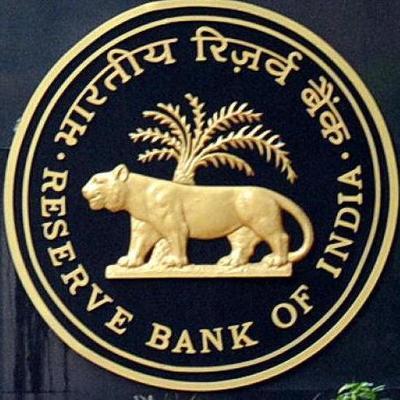The Sensex reaching the 60,000 level is indeed a silver lining in these dark Covid times. Millions of investors have benefitted from this remarkable rally. However, since valuations have been pushed to elevated levels, it is time for a reality check.
Valuations Are Stretched
India is the best performing large market, so far in 2021. With the Sensex returning 25.75 per cent year-to-date (around mid-September), India is outperforming the MSCI World Index and the MSCI EM Index, particularly since August. By all parameters valuations are stretched. The Nifty’s one-year forward PE (price-to-earnings) is 23 (long-term average is 16) and market cap-to-GDP ratio is 127 (long-term average is around 78). Price-to-book at 3.9 and dividend yield at 0.9 per cent also indicate elevated valuations. So, it’s time for a reality check and some tweaking of the investment strategy.
Since investors are sitting on bumper profits, a pertinent question is: Is this the time to sell? The answer to this question would depend on the financial goals of the investor.
Sell To Realise Your Goals
Suppose you have been investing in the market with some specific goals like raising part of the money to buy a house or a car. If your investment has grown to meet your goals, you can sell. If the goal is buying a house, sell your investment to raise the money for down-payment and go for a home loan now available at a historical low of around 6.6 per cent to realise your goal. The same logic applies for an investment made to buy a car or a similar financial goal. Sell and realise your goal. After all, money is a means to an end, not the end in itself!
Remain Invested And Continue To Invest For Wealth Creation
If your goal is to participate in wealth creation through the stock market, the strategy should be to remain invested and continue to invest systematically. It is important to understand that the biggest wealth creation in history is happening through the stock market and that fortunes are made by holding good quality stocks for long periods.
Reduce Portfolio Risk
Since valuations are rich and markets are vulnerable to sharp corrections, investors can reduce portfolio risk. It would be advisable to:
Sell high beta mid- and small-caps.
Move to the safety of high-quality large-caps.
Move some money to fixed-income instruments.
Mutual fund investors may reallocate partially to hybrid funds.
Be Cautious Of The Rally
Around $10 trillion of easy money has been created and injected into the global financial system by leading central banks of the world, since the outbreak of the pandemic. This humongous liquidity is the prime driver of the ongoing ‘asset price inflation’.
Disillusioned with negative real rates of return from fixed-income instruments, retail investors are flocking to the stock market like never before. In India, 14.2 million new demat accounts were opened in FY21. This trend continues. Inflows in mutual fund systematic investment plans (SIPs) are nearing `10,000 crore a month. News from the economic front is positive with rebound in growth, buoyant tax collections and booming exports paving the way for sustained growth in corporate earnings. Therefore, in spite of stretched valuations, markets can remain resilient. But sharp corrections could happen any time since valuations are elevated.
In India, the Sensex has multiplied 600 times during the last 42 years, giving a compounded annual growth rate of more than 15 per cent, beating all other asset classes by a wide margin. Mutual funds have given impressive returns; some mutual funds have multiplied more than 100 times during the last 25 years. This outperformance will continue in future too. Therefore, to participate in wealth creation, it is important to remain invested and to invest systematically, irrespective of whether the Sensex is at 58,000 or 60,000 or 62,000. The road ahead can be bumpy; but ride this bull, cautiously.
First published in Outlook










